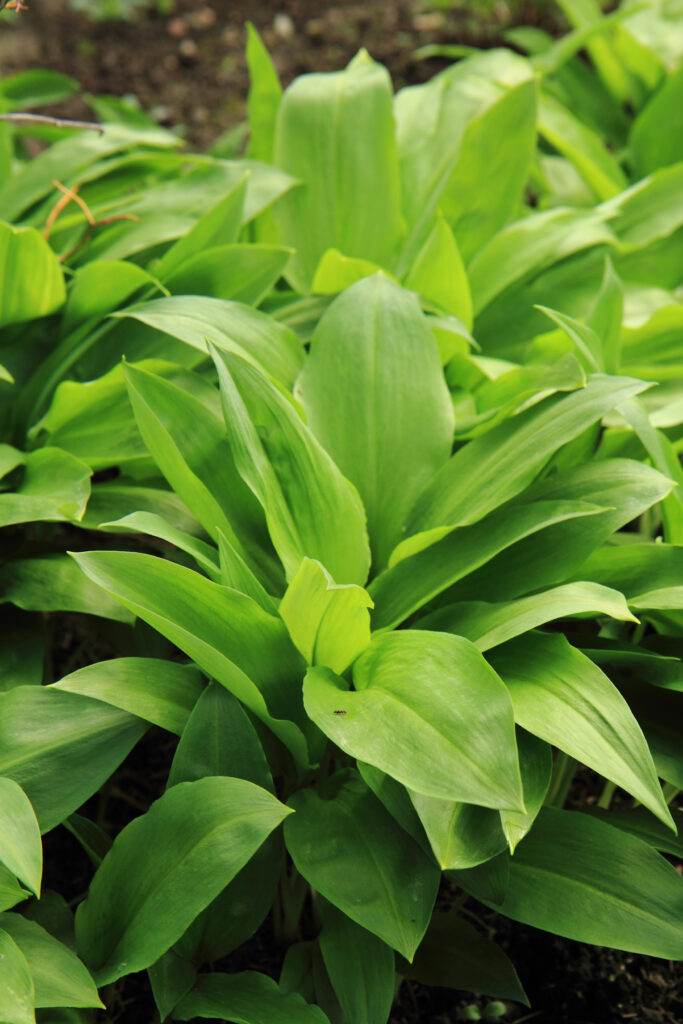Photo credit: Heidi Eitreim (@withheidijoy).
This one’s for all aspiring foraging enthusiasts. If you’re craving nutritious and flavorful meals straight from the land, the Midwest is the place to be. With its diverse landscapes, rich soil, and moderate temperatures, this region offers various edible plants. Whether you’re a seasoned forager or just starting, the Midwest is a true treasure trove of wild-crafted ingredients waiting to be discovered. So, prepare to embark on a journey as we explore popular edible plants in the Midwest and learn how to forage them sustainably. Let’s taste the authentic flavors of nature’s favorite ingredients.
Dandelions
The dandelion is a common sight across the Midwest landscape. However, it might come as a surprise that it’s also one of the healthiest edible plants around. Dandelion greens are a tasty and nutritious addition to salads, smoothies, and stir-fries, with a flavor similar to arugula and a nutrient profile that rivals kale. Look for young dandelion plants in the early spring to harvest tender leaves before they become bitter and harsh.
When it comes to harvesting dandelions, be sure to only select plants in an area that you’re sure hasn’t been sprayed for weeds. Oh, and while you’re out collecting leaves, be sure to snag the roots, too. They can be roasted and used as a coffee substitute. Free joe from the ground? What’s not to love?
Mulberries
Mulberry trees are found throughout the Midwest region and offer a range of sweet and tangy berries. This fruit is rich in vitamins and is delicious when eaten fresh, added to jams, or made into pies. The fruit of the mulberry tree generally ripens in the middle of June through August. These trees are found in residential areas, the edges of woods, and wetter areas. Mulberries are not sold in stores because they are difficult to harvest in large amounts and have a refrigerator shelf life of 2-4 days.
Mulberry leaves can also be used as a replacement for matcha, but only after they’ve been properly processed. The leaves produce a form of latex when they’re broken, so you’ll want to make sure to dry them before breaking them down into a delicious matcha substitute.
Wild Grapes
Did you know that the Midwest is home to various wild grapes? We’ve got the frost grape, the summer grape, and even the fox grape. These wild grapes have a fantastic flavor profile that’s both complex and tangy, but each one is different:
-
- Frost grape: This grape is known to be sweet yet tart; the reason for its name is after a light frost, they tend to become sweeter.
-
- Summer grape: When eaten fresh from the vine, summer grapes are known to be very tart.
-
- Fox grape: This grape has a musky and earthy taste from the thick skin on the outside. But don’t worry, the inside of the grape is rather sweet.
Here’s the fun part: they’re not just great for snacking on, but they’re also perfect for making some delicious jams, jellies, and wines. When picking out ripe grapes, make sure they’re firm, relatively uniform in size, and have a beautiful, vibrant color. Then, enjoy!

Ramps
Even if you’ve never dabbled in foraging, you’ve probably heard of the beloved ramp. These plants are so popular that they’ve actually been overharvested by overly enthusiastic foresters over the last few years. Don’t worry, though, you can still enjoy this oniony delicacy without harming the population.
To ethically harvest a ramp, be sure to only take one leaf. That means the second leaf and bulb can continue to grow so there are ramps to enjoy next year. Once you have your harvest, you can use the leaves to make pesto, grilled as a side dish, and even pickled.
Wild Plums
The Midwest is famous for its wild plums, which ripen in the late summer from July to September. They are perfect for baking and preserving, with a tart flavor. When you go out hunting for wild plums, you might be surprised to see how small they are. Remember—these aren’t your grocery store plums. These tiny treasures might be small, but we promise they pack a punch.
Choose deep red or purple plums that are slightly soft to the touch. When picking the fruit, gently twist and lift it from the tree to avoid damaging the limb. In-store plums differ from wild plums. Wild plums are much more tart, while in-store plums are often sweeter.
Black Walnuts
What smells like citrus, stains your hands brown, and tastes great in baked goods? The black walnut, of course! These trees can be found all across the Midwest and on the east coast, too. Look for a gray shaggy bark, parallel sets of leaves, and fruits that look like limes, and you’re halfway there.
Black walnuts begin to grow in the late spring and early summer. If you harvest them early enough, the soft fruit can be used to make nocino, which is a great substitute for vanilla in baked goods. However, if you wait for them to mature, you’re sure to have a huge harvest of nutty goodness. Collecting, cleaning, and curing black walnuts can take a lot of patience, but the fruity, nutty end result is well worth the wait.
Foraging offers a unique and meaningful connection to the natural world, with numerous health and environmental benefits. Remember, practicing ethical foraging is vital in preserving plant populations. Now, armed with some insights into the delicious edible plants found in the Midwest, it’s time to get out there and explore! Always consult a reliable field guide, and never consume plant material unless you’re 100% certain it’s safe and edible. With some research, experience, and guidance, you’ll soon be savoring locally foraged delights like never before.




